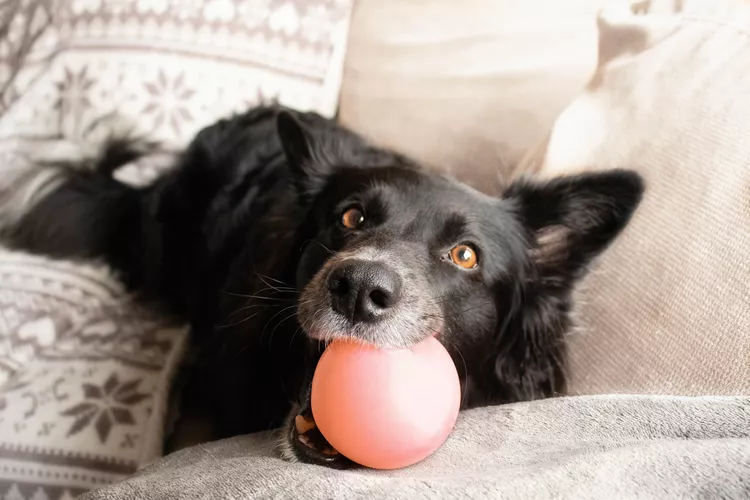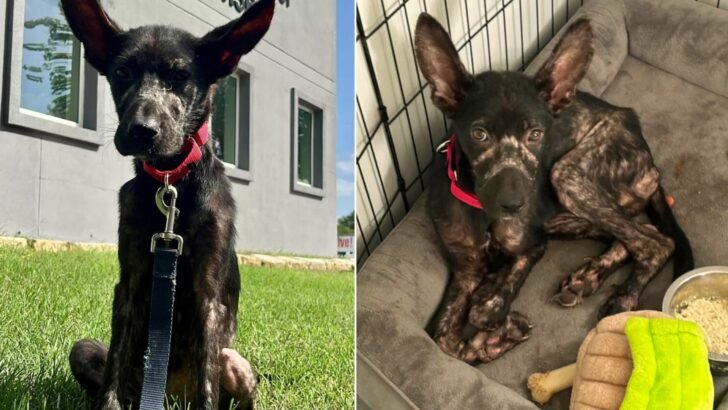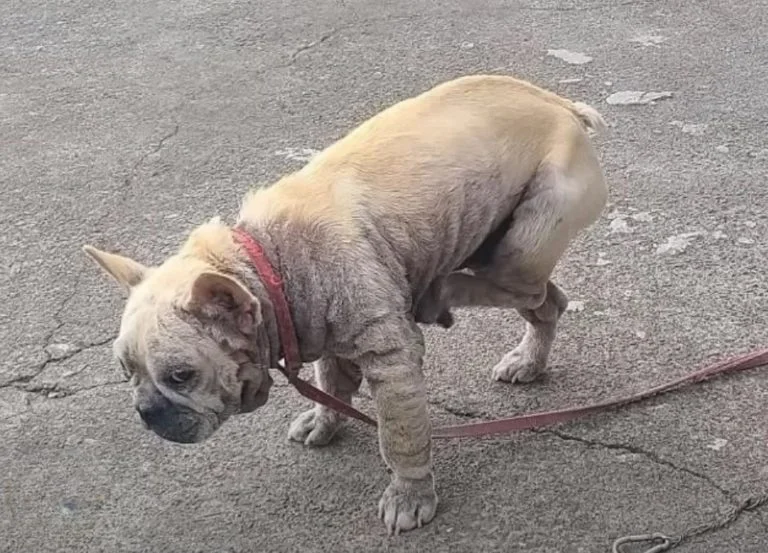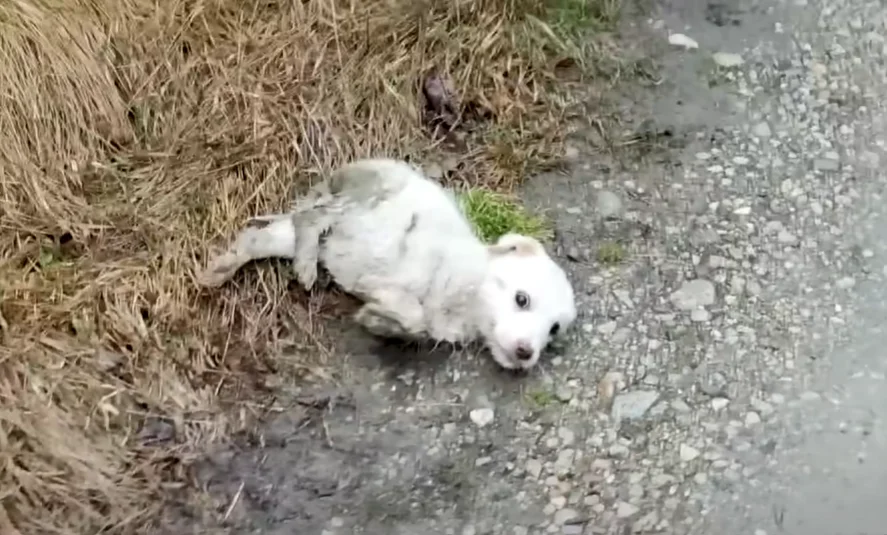While a wagging tail is often associated with a dog’s affection, there are many other ways your dog might show their love for you. Though dogs can’t hug you in the traditional sense, they can express their feelings through various behaviors. For example, they might lean on you, bring you a favorite toy, or carry around items with your scent, such as your well-worn socks.
Dogs communicate their emotions through body language, which can range from subtle to very clear. Understanding these signals helps in recognizing when your dog feels safe, loved, and wants to reciprocate those feelings. Here are 12 common signs that indicate your dog’s affection:
1. Holding Eye Contact
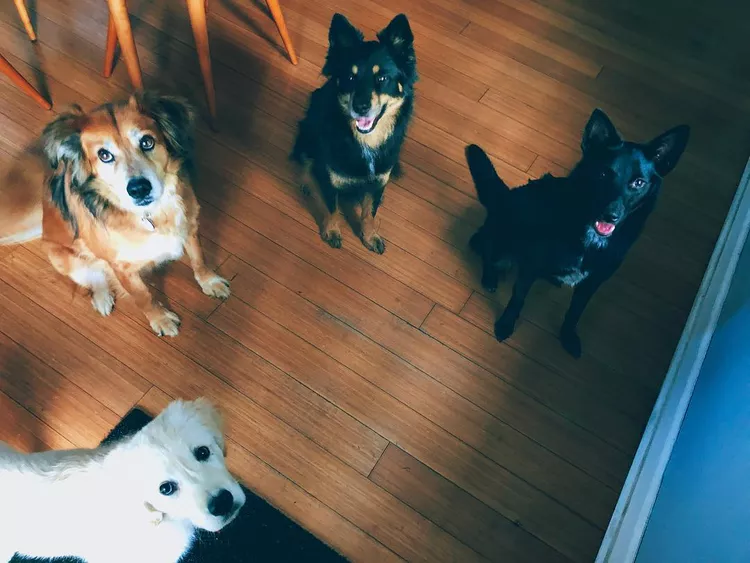
Long, sustained eye contact is a sign of trust and affection in both humans and dogs. When your dog looks at you, it can trigger the release of oxytocin, often called the “love hormone,” similar to the bond between a mother and her baby. It’s important to maintain eye contact naturally, as forcing it can make your dog uncomfortable.
2. Leaning Against You
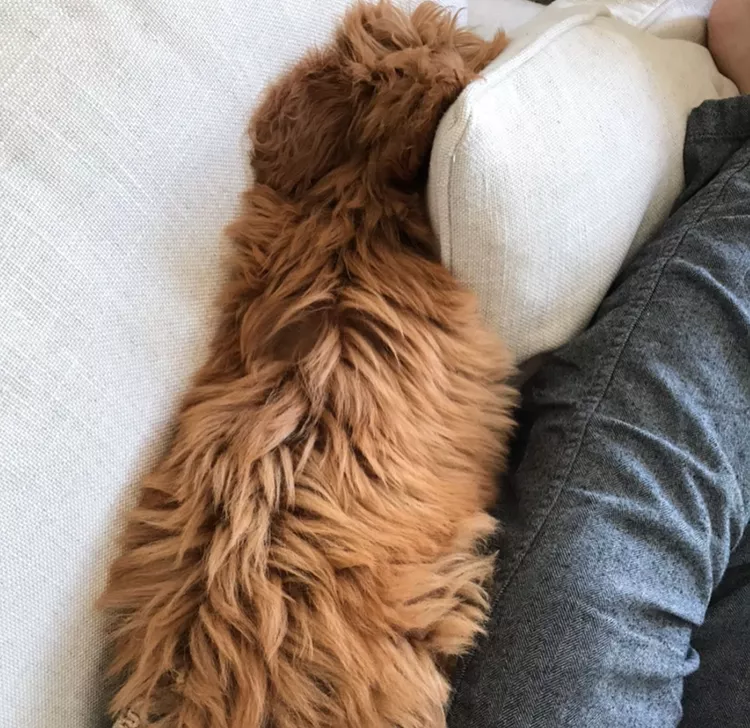
When your dog leans against you, it shows they feel secure and comfortable around you. This behavior might also occur when your dog seeks reassurance or is feeling anxious.
3. Sleeping in Your Bedroom

If your dog prefers to sleep in your bedroom even if they can’t join you in bed, it signifies loyalty and a desire to stay close to you. Providing a comfortable dog bed might help if you want to keep them out of your bed.
4. Excited to See You
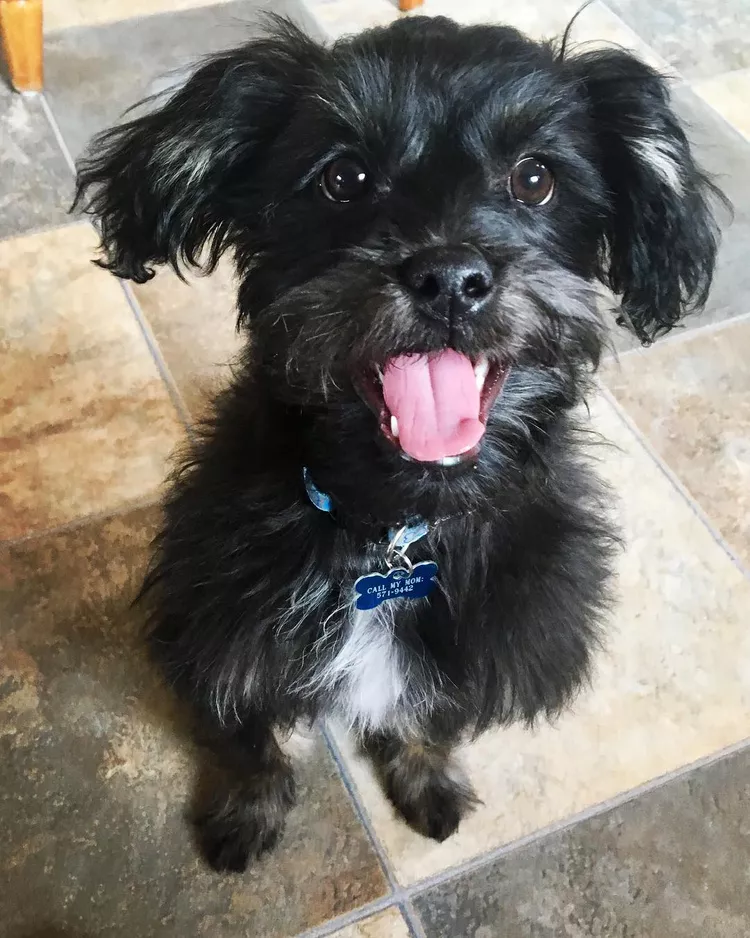
If your dog displays excitement when you return home—whether by jumping, licking, or bringing a toy—it’s a clear sign they’re happy to see you and value your presence.
5. Carrying Your Shoes or Socks
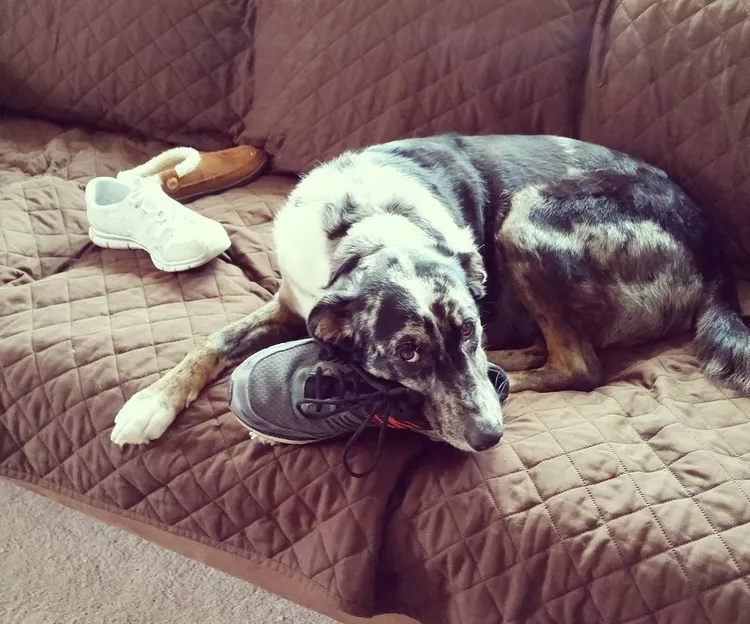
Dogs who are attached to their owners often seek out their scent. They might grab your shoes or dirty laundry as a way to feel connected to you. To avoid destructive chewing, provide your dog with engaging and safe toys.
6. Checking Up on You
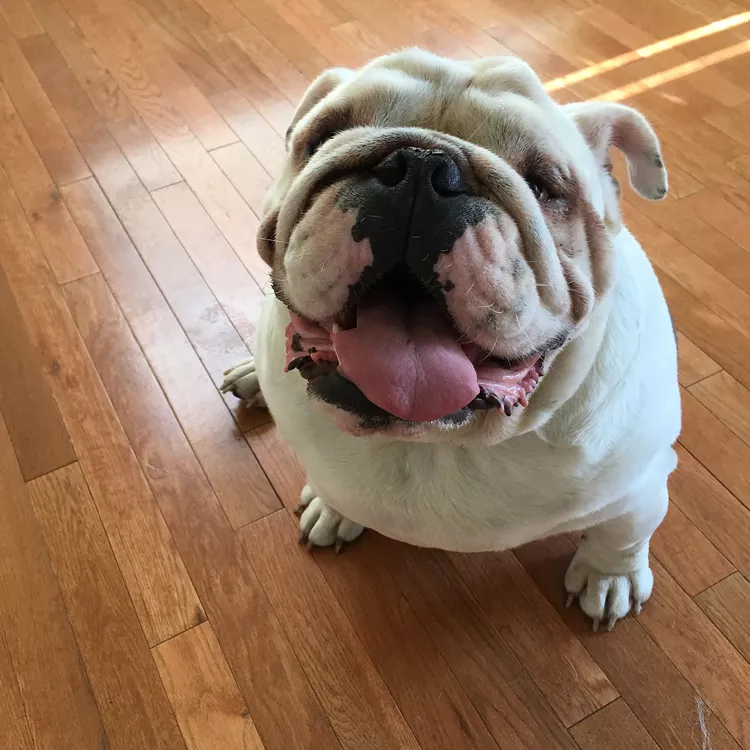
Even if your dog isn’t always physically close, checking in on you from another room or during walks indicates they’re keeping track of your whereabouts and feel a bond with you.
7. Seeking Physical Contact
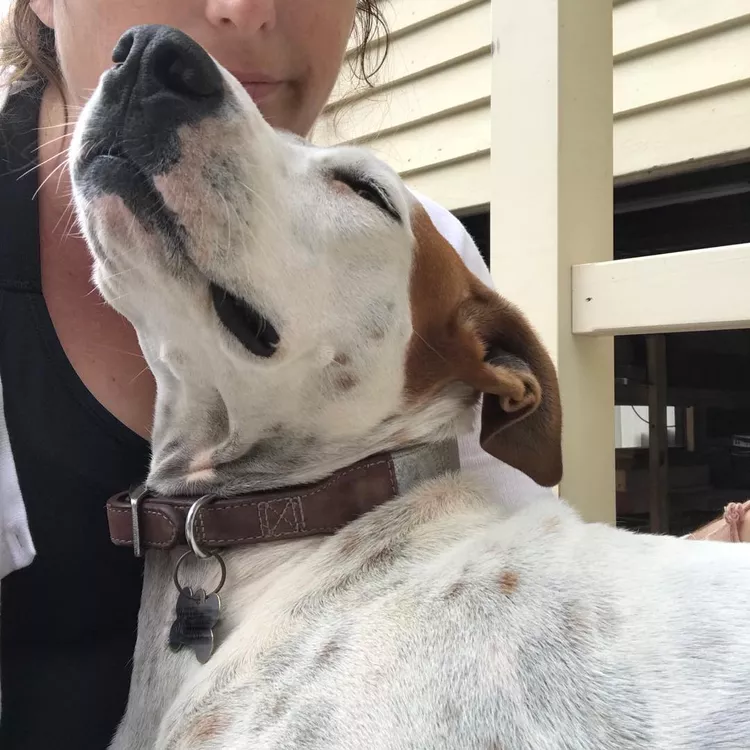
Physical affection, like pets and cuddles, reinforces the bond between you and your dog. Gentle hugs or closeness can be a sign of your strong connection.
8. Peeing When Excited
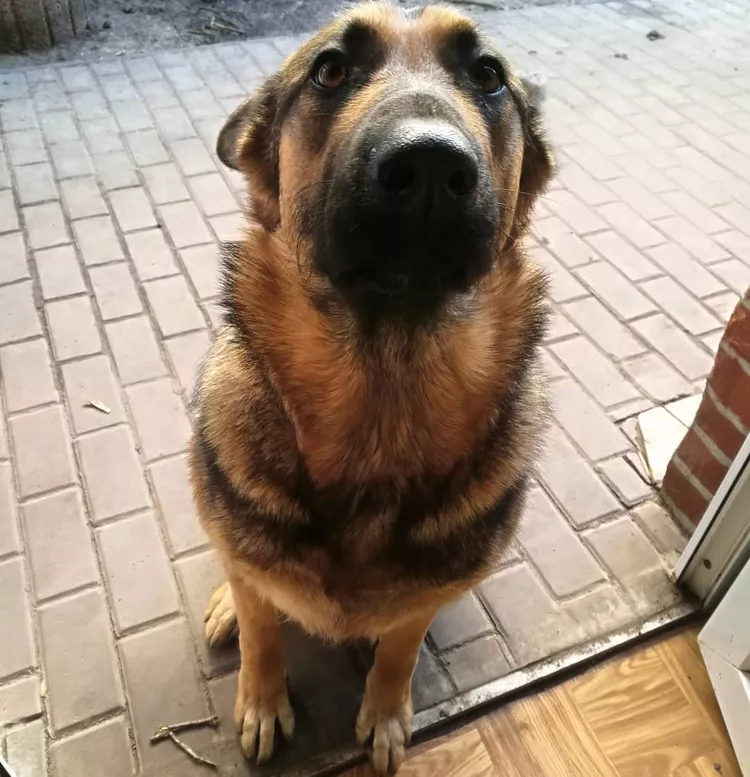
Puppies or dogs that pee a bit when excited aren’t regressing in their training. Most grow out of this behavior, but if it persists, consult a vet to rule out any health concerns.
9. Bringing Their Favorite Toy
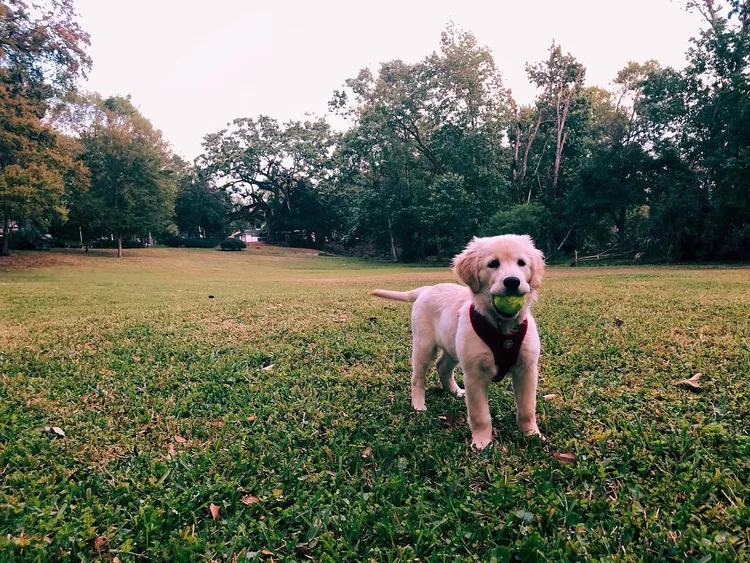
When your dog presents you with their favorite toy, it’s not just an invitation to play. It signifies that they trust you as their pack leader and are sharing something they value.
10. Smiling at You
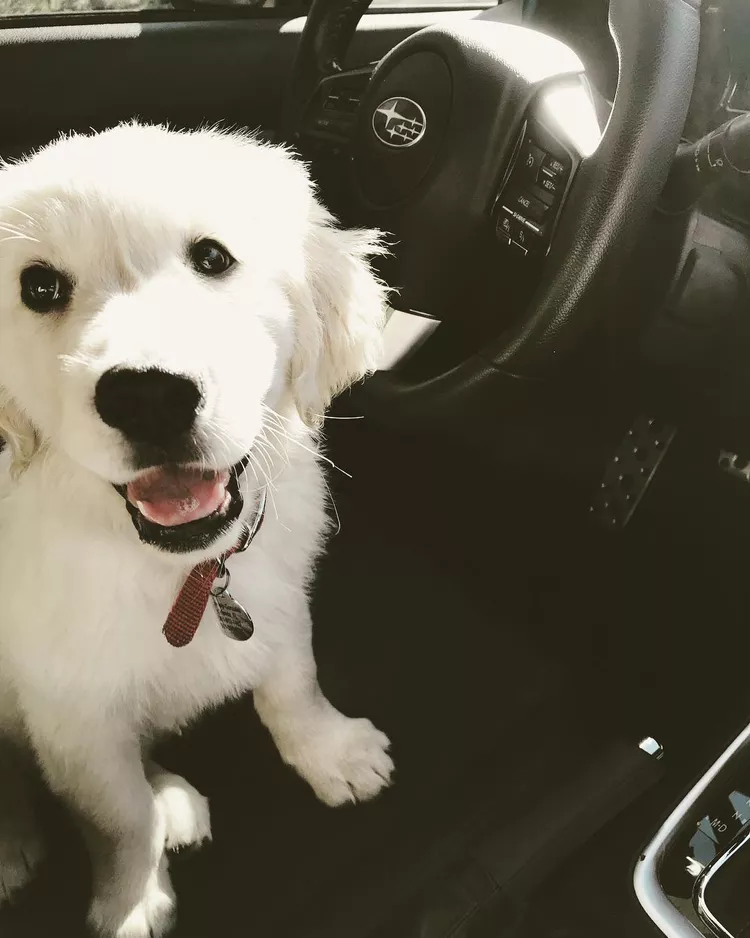
Some dogs actually learn to “smile” by pulling back their lips in a wide grin. This gesture, combined with a happy tone from you, can reinforce the positive interaction.
11. Wagging Their Tail
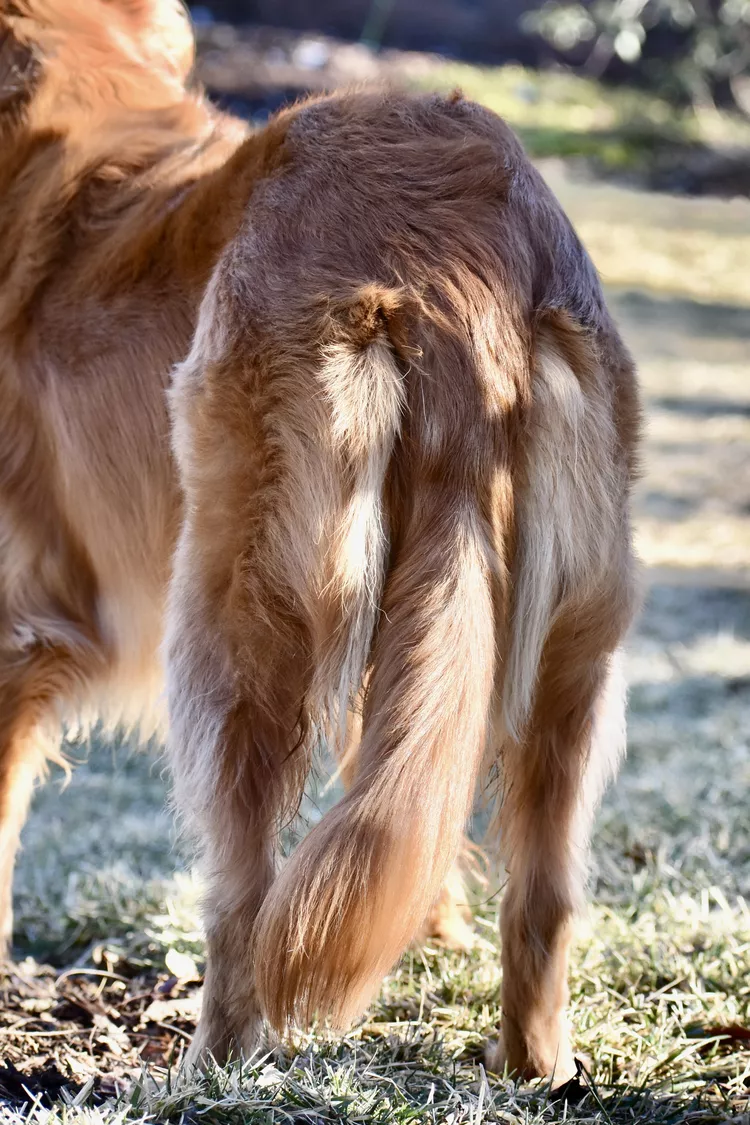
Tail-wagging is a common sign of happiness or affection, though it can indicate a range of emotions. Research suggests that dogs may wag their tails more to the right when they’re happy to see someone familiar.
12. Relaxed Ears
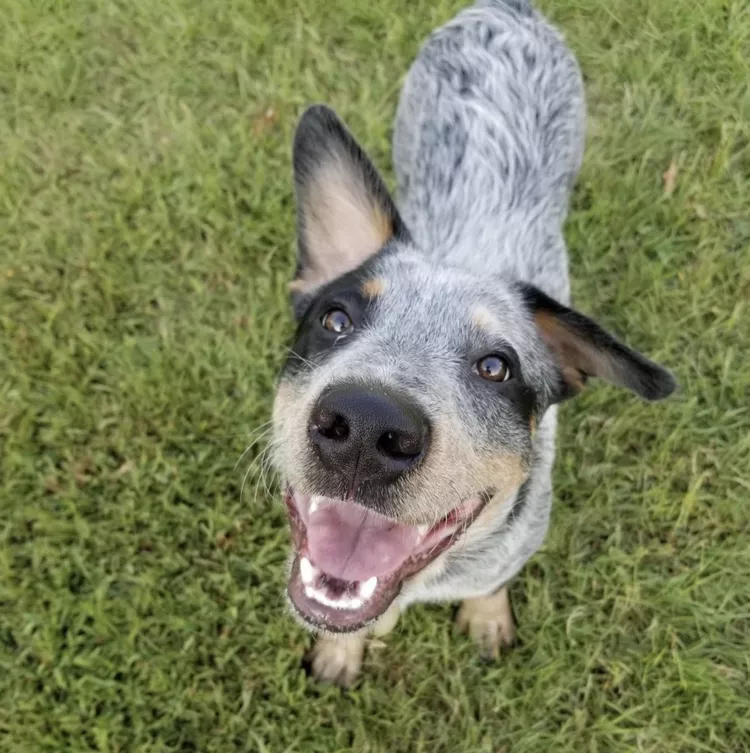
Floppy ears indicate a relaxed and comfortable state in dogs. In contrast, upright ears may signal alertness, while tense or flattened ears can indicate fear or stress. Relaxed ears are a good sign that your dog is feeling at ease and might appreciate some ear scratches.

